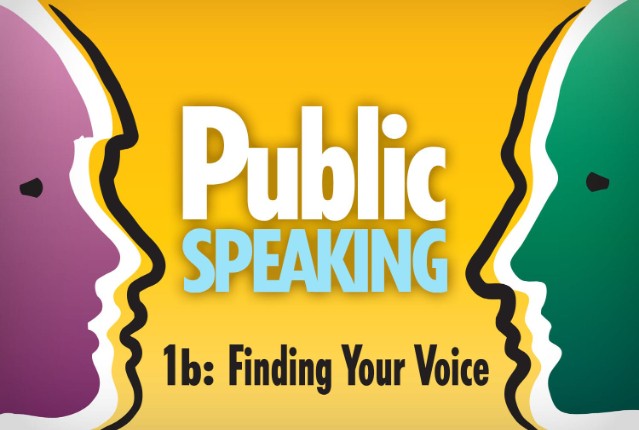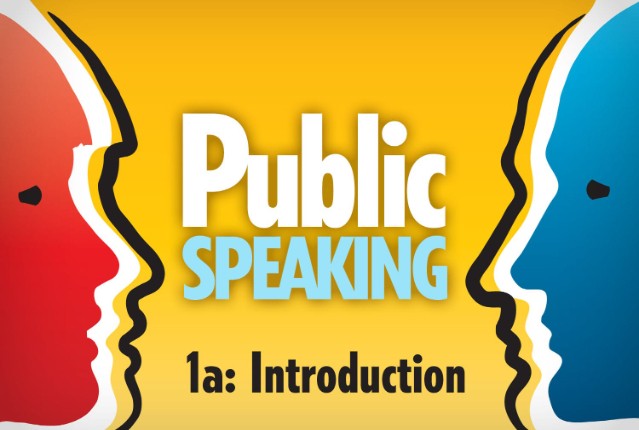
Public Speaking 1b: Finding Your Voice
Bring your speeches to life by learning about body language, vocal, and other techniques. Learn about logic and reason while gaining the confidence to help create and deliver great presentations and speeches. You will also critically examine your speeches and presentations and those of others to improve upon your in-person and virtual presentation skills.
Review course outlineAccess for a year
USD 299.00*
* Choose more courses to get a discount





